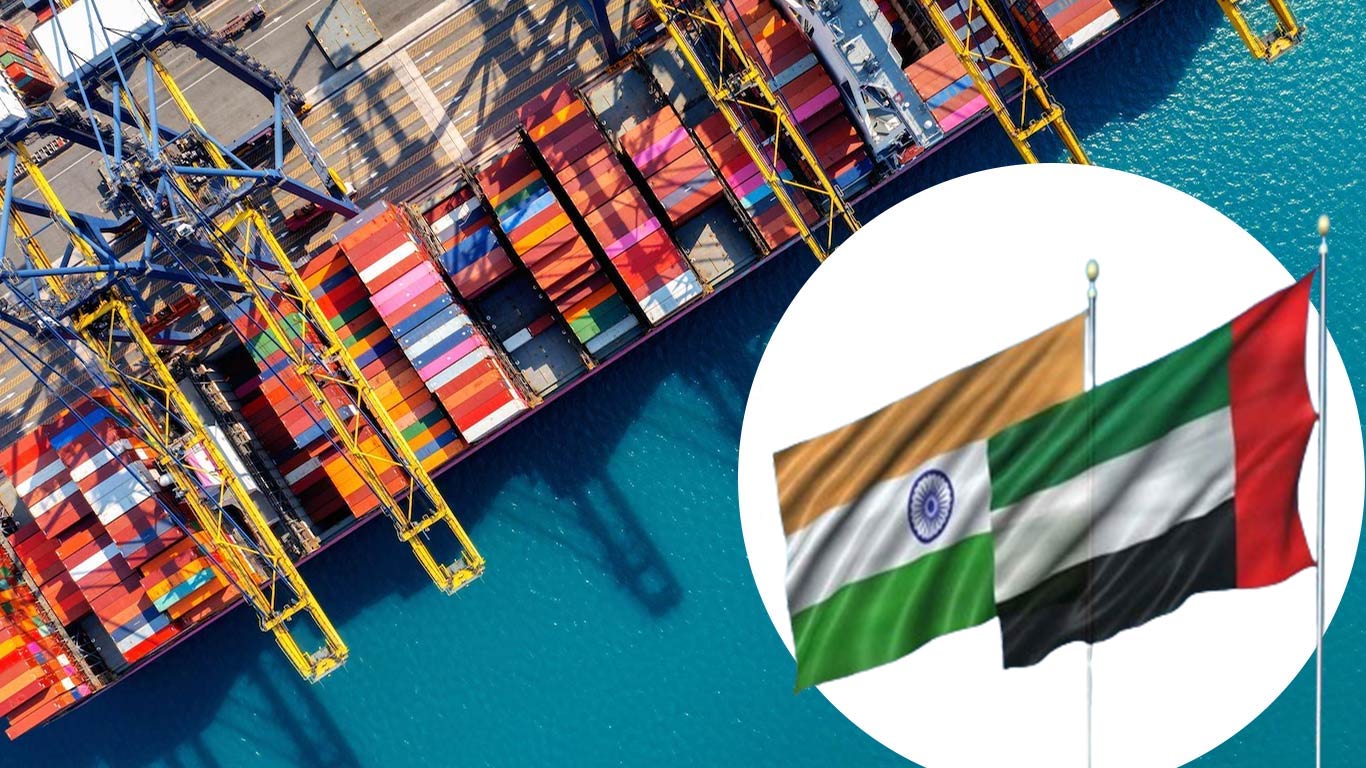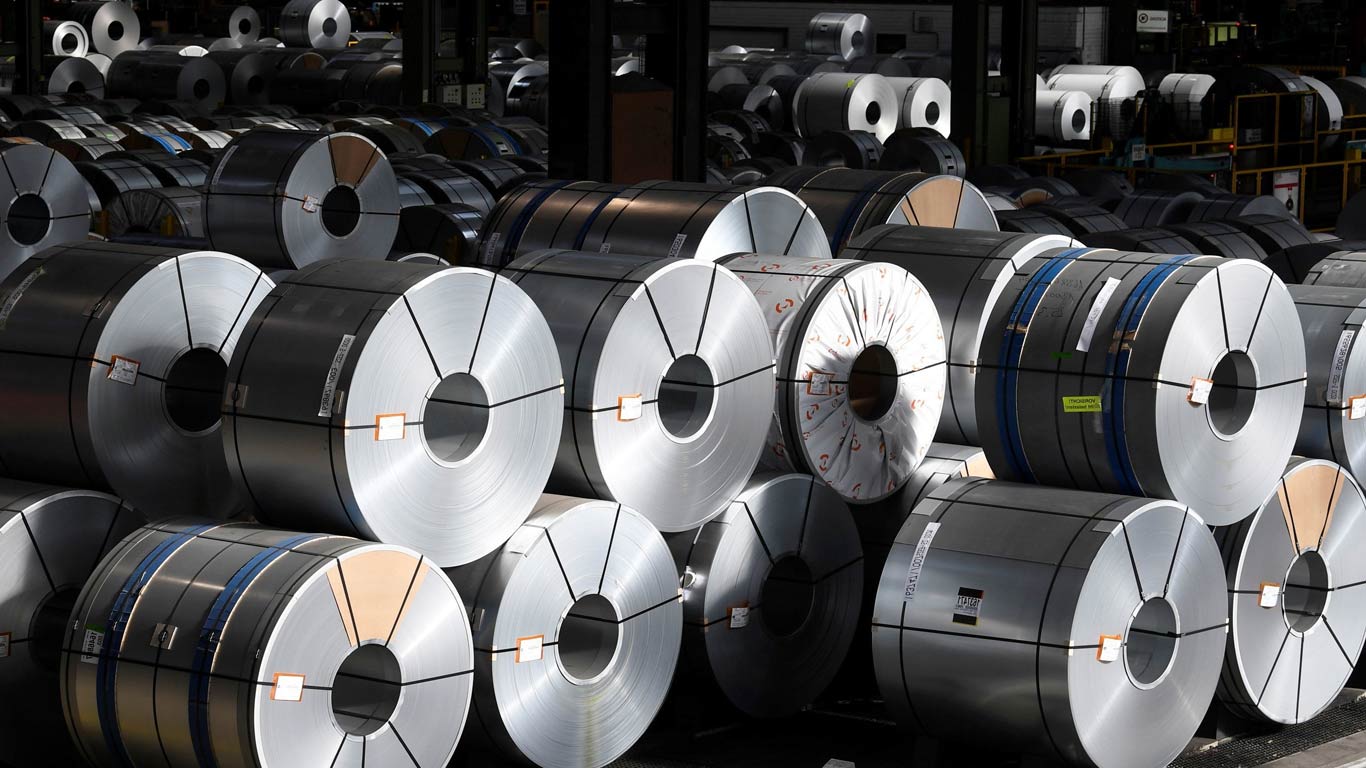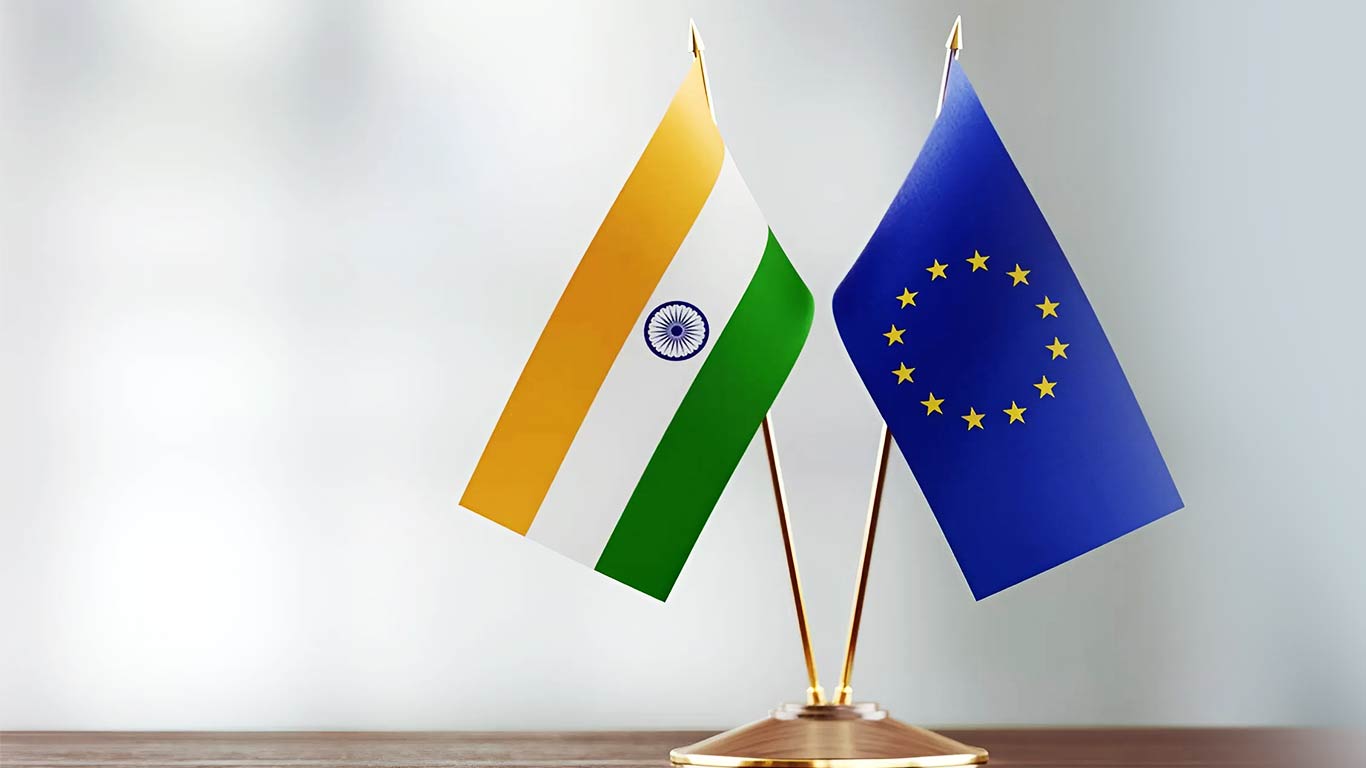Enact energy policies to meet climate goals: IEA tells govts
Updated: Jun 11, 2013 06:20:14pm

Speaking at the launch of a World Energy Outlook Special Report - Redrawing the Energy-Climate Map, “Climate change has quite frankly slipped to the back burner of policy priorities. But the problem is not going away – quite the opposite,” IEA Executive Director Maria van der Hoeven said in London recently.
The report while outlining four energy policies which can keep the two degree centigrade climate goal alive highlighted the need for concentrated efforts before 2020. It also shows how to stop growth in energy-related emissions by 2020 at no net economic cost.
Here are the four recommended energy policies – target energy efficiency measures in buildings, industry and transport. In this case the additional investment will be more than offset by the reduced fuel bills.
Secondly, by limiting the construction and use of least-efficient coal-fired power plants, the share of power generation from renewables increases as also from natural gas.
Thirdly, methane releases into the atmosphere from oil and gas industry should be halved by taking suitable actions.
Finally, there is a need for implementing a partial phase-out of fossil fuel consumption. If these measures are adopted, emissions would be eight per cent lower in 2020 than expected.
The energy sector currently accounts for about 2/3rds of global greenhouse gas emissions.
The governments can do much more to tackle energy sector emissions with jeopardising economic growth, the report said. If nothing is done to change the path we are currently on, there can be an increase of 3.6 degrees centigrade to 5.3 degrees centigrade.
In 2012, according to new estimates for global energy-related carbon dioxide emissions, there was a 1.4 per cent increase, which reached a record high of 31.6 gigatonnes.
However certain countries have shown a decline in emissions. By switching from coal to gas in power generation, has helped reduce emissions by 200 million tonnes (mt) in the US, taking them to the level they were in the mid-1990s.
On the other hand, China has seen the largest growth in carbon dioxide emissions of about 300 mt, although it is the lowest seen in a decade. It was able to do so with the use of renewable and improvements in energy quality.
As far as other countries are concerned, despite increased use of coal, emissions in Europe declined by 50 mt while in Japan they increased by 70 mt.
The IEA’s energy policies in the 4-for-2 degree C Scenario rely entirely on currently existing technologies which have been successfully implemented in several countries.
According to IEA Chief Economist, the set of proven measures could stop emissions at no net economic cost. He called for widespread adoption of the measures while international climate negotiations continue.
The International Energy Agency is an autonomous organisation which works to ensure reliable, affordable and clean energy for its 28 member countries and beyond.
Founded in response to the 1973/4 oil crisis, the IEA’s initial role was to help countries co-ordinate a collective response to major disruptions in oil supply through the release of emergency oil stocks to the markets.
While this continues to be a key aspect of its work, the IEA has evolved and expanded. It is at the heart of global dialogue on energy, providing reliable and unbiased research, statistics, analysis and recommendations.
India does not figure among the 28 member countries of IEA. However, growing economic interdependence, environmental issues and an increasingly global energy market make IEA relations with non-member countries, industry, international organisations and other stakeholders especially important.
Just over half of the world’s energy consumption now takes place outside the IEA region. Collectively, non-IEA countries will account for almost all growth in energy demand up to 2030.
Directed by its member countries, the IEA has developed close co-operative working relationships with major emerging economies such as Brazil, China, India, Indonesia, Mexico, Russia, South Africa and Thailand, as well as countries in the Caspian region, the Middle East and North Africa. (KNN)











